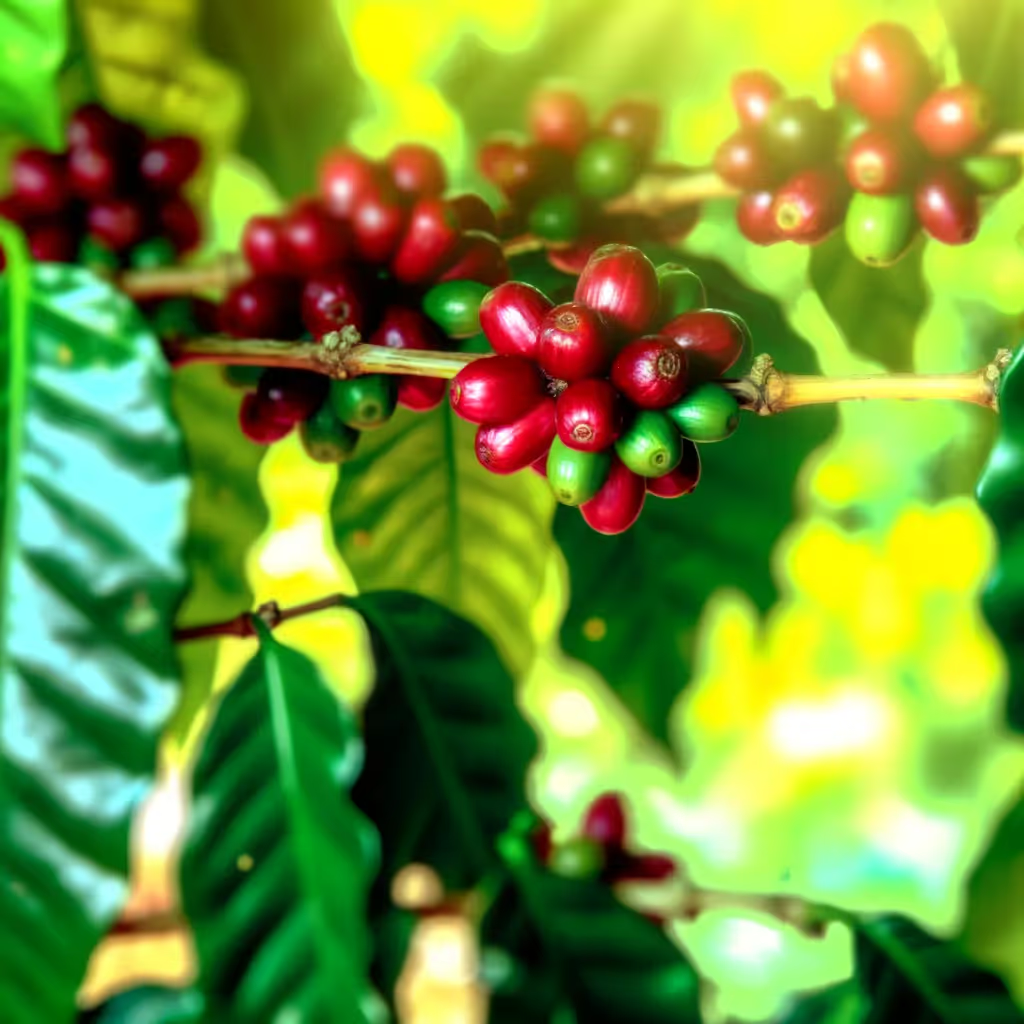Indian Vs. Philippine Coffee
This comparison explores the distinct qualities of Indian and Philippine coffees, highlighting their unique processing methods, flavor profiles, and cultural significance in the specialty coffee world.

Brief Description
Indian coffee is known for its unique monsooned processing method, which gives it a distinct flavor profile. Grown primarily in the Western Ghats, Indian coffee offers a rich, full-bodied experience with low acidity. The country's coffee culture dates back to the 17th century, and today, India produces both Arabica and Robusta beans, with a focus on sustainable and shade-grown practices.
Philippine coffee is a hidden gem in the world of specialty coffee. Grown in the lush mountains of the Cordillera region, these beans offer a unique flavor profile that reflects the diverse landscapes of the archipelago. With a rich history dating back to the 18th century, Philippine coffee is experiencing a renaissance, with farmers focusing on quality and sustainability to produce exceptional beans that are gaining recognition on the global stage.
Importance of Comparison
Comparing Indian and Philippine coffee origins is crucial for coffee enthusiasts seeking to expand their palate beyond mainstream options. These two Asian coffee producers offer unique flavors and processing methods that reflect their rich cultural heritage and diverse growing conditions. Understanding the differences between these origins can help consumers make informed choices and appreciate the nuances of specialty coffee from lesser-known regions.
Key Attributes
Origin
Indian
Philippine


Consumer Guide
When choosing between Indian and Philippine coffee, consider your flavor preferences and brewing methods. Indian coffee, known for its spicy, nutty, and earthy notes, excels in French Press and Cold Brew preparations. It's ideal for those who enjoy low-acidity, full-bodied coffees with a unique monsooned flavor. Philippine coffee, with its chocolate, nut, and citrus notes, is versatile and works well with pour-over and espresso methods. If you prefer a more balanced cup with brighter acidity, Philippine coffee might be your choice. Consider trying both origins in different brewing methods to fully appreciate their distinct characteristics and find your personal favorite.
Expert Opinions
Coffee expert Maria Rodriguez notes, 'Indian coffee's monsooned processing creates a truly unique flavor profile that's unmatched in the coffee world.' Meanwhile, roaster John Chen states, 'Philippine coffee is experiencing a renaissance, with farmers producing exceptional beans that rival more famous origins.' Both experts agree that these origins offer exciting alternatives to traditional coffee choices, with Indian coffee praised for its body and Philippine coffee for its complexity.
FAQs
Indian coffee typically offers spicy, nutty, and earthy flavors with low acidity and full body, largely due to its unique monsooned processing. Philippine coffee, on the other hand, presents chocolate, nut, and citrus notes with a more balanced acidity and medium body, reflecting its diverse growing conditions.
Indian coffee is primarily grown in the Western Ghats at altitudes of 1000-1500m, often using shade-grown practices. Philippine coffee thrives in the Cordillera region at slightly higher elevations of 1000-1800m. Both regions have tropical climates, but India's monsoon season significantly influences its coffee production and processing methods.
Indian coffee is famous for its monsooned processing, where beans are exposed to monsoon winds, creating a distinct flavor. Both origins use washed and natural processing methods. Additionally, Philippine coffee producers have adopted honey processing, adding another dimension to their flavor profiles.
Indian coffee shines in French Press, Cold Brew, and traditional South Indian Filter Coffee preparations, which highlight its full body and low acidity. Philippine coffee is versatile, excelling in pour-over, French Press, and espresso methods, allowing its complex flavors to be appreciated in various forms.
India is a significantly larger coffee producer, with an annual production of about 320,000 metric tons. The Philippines produces around 70,000 metric tons annually. This difference reflects India's longer history of commercial coffee production and larger suitable growing areas.
Both countries emphasize sustainable coffee production. Indian coffee is often shade-grown, promoting biodiversity. Philippine coffee farmers are increasingly focusing on quality and sustainability, adopting organic practices and working to preserve native coffee varieties. Both origins are seeing a rise in direct trade relationships, benefiting local communities.
Conclusion
Indian and Philippine coffees offer unique experiences for coffee enthusiasts seeking to explore exotic Asian origins. Indian coffee stands out with its full-bodied, low-acid profile and distinctive monsooned processing, perfect for those who enjoy bold, earthy flavors. Philippine coffee shines with its balanced, complex profile and versatility in brewing methods, appealing to those who appreciate brighter, nuanced cups. Both origins reflect rich cultural heritages and are gaining recognition in the specialty coffee world. Whether you choose the spicy, nutty notes of Indian coffee or the chocolatey, citrusy tones of Philippine beans, you're sure to discover a new favorite in these lesser-known but exceptional coffee origins.






